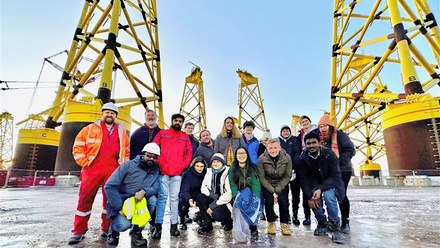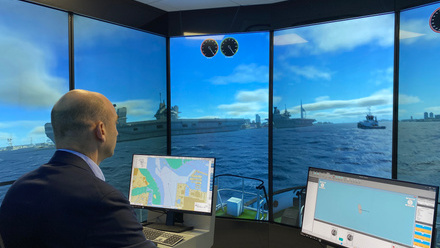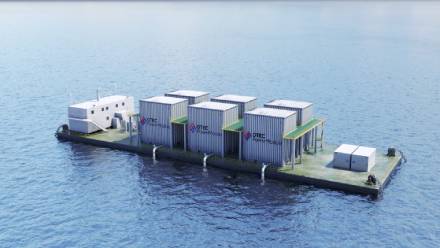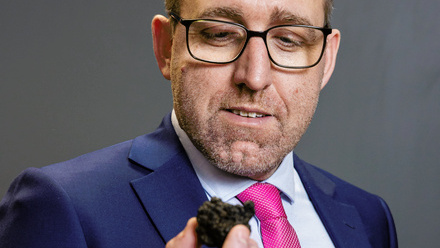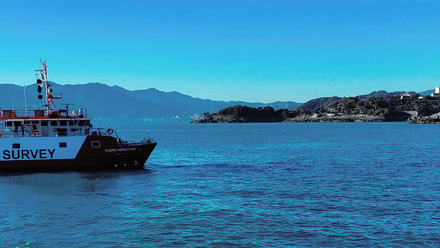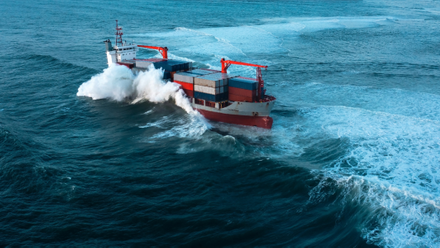Tackling anchor damage to ‘animal forests’
In New South Wales, Australia, research has turned into action to reduce the damage caused by anchoring.
Across the world, large ocean-going vessels anchor outside ports. Anchoring keeps cargo vessels, cruise ships and tankers safe and secure, but it can be damaging for the seabed below – particularly if it is home to corals or seagrass.
Research suggests that the damage comes in two stages. First the initial anchor impact digs into the seabed, followed by movement as the ship shifts at the surface due to changing winds or tides. Even if the anchor does not move too much, the chain can sweep around, dislodging and damaging marine life.
But what about rocky reefs, like those outside Port Kembla in New South Wales, Australia? “The impact of anchoring on rocky reefs in deeper water by large vessels hasn’t received as much attention,” says Dr Tim Ingleton, research scientist at the New South Wales Department of Planning and Environment. Recent research from Ingleton and colleagues at the University of Wollongong and the New South Wales Department of Primary Industries suggests these reefs also suffer.
Rocky reefs are the perfect place for sponges, corals, sea squirts, and other creatures that need hard surfaces. As they grow, they create ‘animal forests’ that become home to many other marine species. The researchers found that life on rocky reefs in the Port Kembla area is hugely reduced by anchoring. Sponges – which dominate the rocky reefs in the area – fared the worst, with up to a five-fold reduction in abundance across several groups.
Anchor and chain scour also damaged the reefs themselves, the researchers found, leaving fractured rocks, rubble, and white marks.
It is not yet clear how long it could take for damaged rocky reefs to recover – if they recover at all. “We have some funding to look at recovery, so we’ll be going back and revisiting sites to gather information that can help us answer that question,” says Ingleton.
Mapping a solution
To tackle the issue, the Port Authority of New South Wales has chosen to create designated anchorages. “We worked closely with the Ports Authority to develop designated anchorages. Now, when ships come to Port Kembla, they are strongly advised to use these designated anchorages,” Ingleton explains.
Deciding where to place designated anchorages requires information about the location of reefs. Using multibeam sonar, the researchers have mapped almost 60% of the seafloor in the area where anchoring happens – a figure they hope to increase.
Reef location is not the only consideration. Water depth needs to be suitable, and safety remains paramount. For example, designated anchoring sites in the port approach is not a feasible solution. “Unfortunately, [the approach] is where a lot of the substrate that would make good grounds to drop anchors is located,” says Ingleton, noting that some 60% of the area already mapped is reef.
Nevertheless, the team successfully designated eleven anchorage sites. Some are on soft sediment, though a few are on the most damaged reefs. “We don’t want to establish anchorages in areas that haven’t been mapped because we don’t know what’s there,” says Ingleton, adding that these anchorages will likely be moved if more suitable sites are located.
The initiative will only be successful if the designated spots are used, but so far the signs are positive. Analysis of anchoring patterns indicates more than 95% of the vessels anchoring are doing so within the designated spots.

